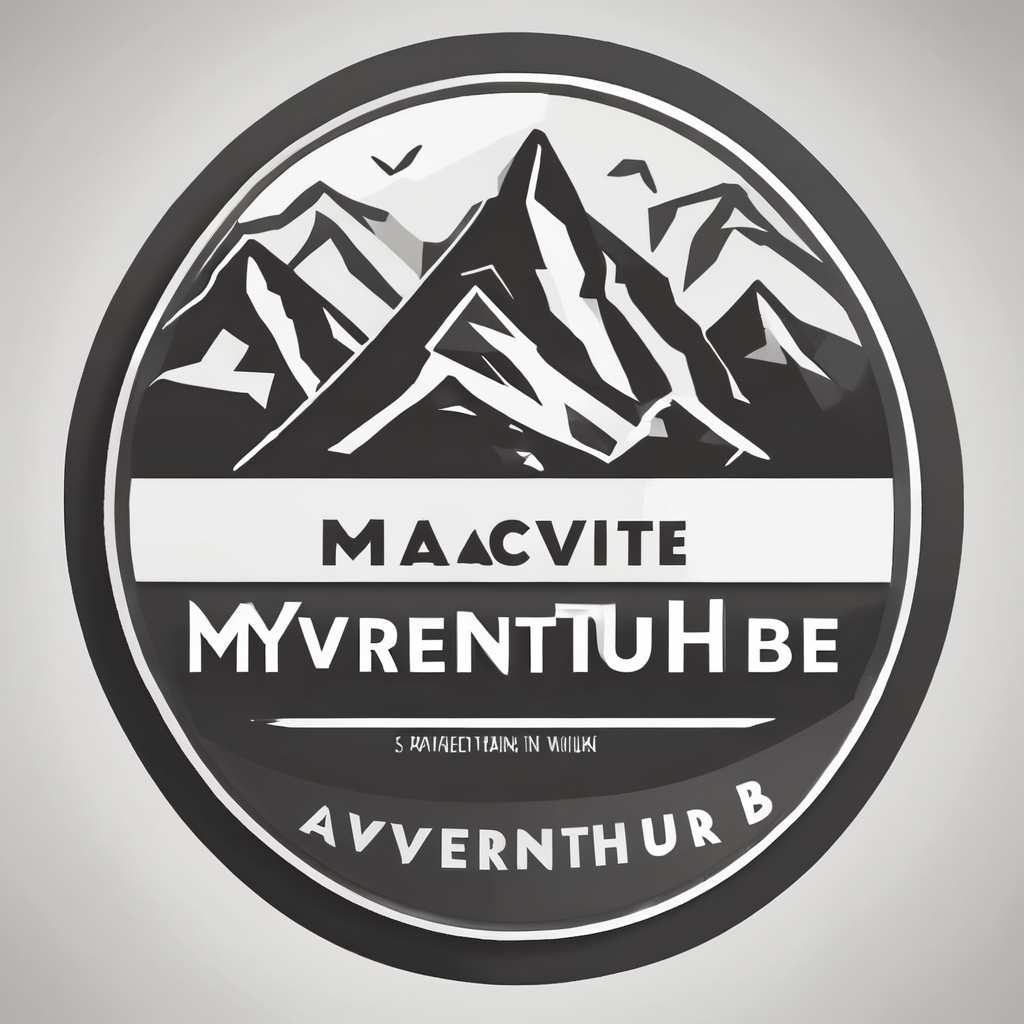Top Techniques for Divers to Perfect Their Entry Skills: Expert Strategies Revealed!
Understanding the Importance of Entry Skills in Diving
When it comes to scuba diving, the entry into the water is often overlooked but is a crucial aspect of the dive. A smooth and controlled entry can set the tone for a safe and enjoyable dive, while a poorly executed one can lead to unnecessary stress and even accidents. Here, we will delve into the top techniques that divers can use to perfect their entry skills, ensuring a seamless transition from the surface to the underwater world.
Pre-Dive Preparation: The Key to a Successful Entry
Before even considering the entry technique, it’s essential to prepare thoroughly. Here are some steps to take:
This might interest you : Top Visualization Strategies to Elevate Your Triathlon Performance Before Race Day
Equipment Check
- Ensure all your scuba diving equipment is in good working condition. This includes checking the air supply, the functioning of the regulator, and the integrity of the wetsuit or dry suit[1].
Dive Planning
- Plan your dive carefully, considering factors such as the dive site, weather conditions, and your own diving experience. A well-planned dive helps in anticipating and preparing for any challenges that might arise during the entry[1].
Breathing and Relaxation
- Practice deep breathing exercises to calm your nerves and slow down your heart rate. This helps in conserving energy and reducing stress, making the entry smoother.
Entry Techniques for Scuba Divers
The Giant Stride Entry
- This is one of the most common entry techniques used by scuba divers. It involves taking a large step forward from the boat or platform, keeping your body straight and your fins together. The key is to enter the water with minimal splash, reducing the disturbance to the marine life and maintaining visibility[1].
The Back Roll Entry
- This technique is particularly useful when entering from a smaller boat. It involves rolling backward off the boat, keeping your equipment secure and your body relaxed. This method helps in avoiding any entanglement with the boat’s gear and ensures a smooth descent into the water.
The Side Roll Entry
- Similar to the back roll, the side roll entry is used when space is limited. It involves rolling off the side of the boat, ensuring that your equipment is properly secured and your body is in a streamlined position.
Advanced Entry Techniques for Technical Diving
For those involved in technical diving, the entry techniques need to be even more precise and controlled.
Using a Line for Entry
- In technical diving, especially in deep or complex dives, using a line to guide the entry can be crucial. This helps in maintaining orientation and ensuring that the diver descends to the correct depth without any confusion.
Buddy System
- Always dive with a buddy, especially in technical diving. The buddy system ensures that each diver can monitor the other’s entry and provide assistance if needed. This is particularly important in technical diving where the risks are higher and the dive profile more complex.
Safety Considerations During Entry
Safety is paramount in scuba diving, and the entry phase is no exception.
Topic to read : Top Stress Management Techniques for Success in Professional Bowling Tournaments
Equalization
- Proper equalization of the ears, mask, and sinuses is critical during the descent. Failure to do so can lead to middle ear barotrauma or other injuries. Take your time and equalize frequently as you descend[1].
Monitoring Air Supply
- Keep a close eye on your air supply during the entry. Ensure that your tank is fully secured and that you have enough air for the dive and any potential emergencies.
Awareness of Surroundings
- Be aware of your surroundings during the entry. Look out for other divers, marine life, and any underwater hazards that could pose a risk.
Training and Practice: The Path to Mastery
Perfecting entry skills requires consistent training and practice.
Formal Training
- Enroll in diving courses that focus on entry techniques. Organizations like FFESSM and SSI offer comprehensive training programs that include detailed instruction on various entry methods[1][3].
Regular Practice
- Regular practice is key to mastering any skill, including entry techniques. Try different methods in various conditions to become more comfortable and proficient.
Real-Life Examples and Anecdotes
The Importance of Calm Breathing
- “During one of my early dives, I remember feeling anxious as I prepared to enter the water. My instructor advised me to take deep breaths and relax. By doing so, I was able to calm down and execute a smooth giant stride entry. It was a valuable lesson in the importance of breathing and relaxation in diving,” recalls a seasoned diver.
The Buddy System in Action
- “On a technical dive, my buddy and I used a line to guide our entry. As we descended, I noticed my buddy was having trouble with his equipment. Thanks to the buddy system, I was able to assist him quickly and ensure our safety. It was a stark reminder of how crucial the buddy system is in technical diving,” shares another experienced diver.
Practical Insights and Actionable Advice
Here are some practical tips and advice for divers looking to improve their entry skills:
Use the Right Equipment
| Equipment | Purpose |
|---|---|
| Full-face Mask | Helps in equalizing the mask and reducing stress during entry |
| Fins | Streamlines the body and reduces drag |
| Wetsuit/Dry Suit | Provides thermal protection and comfort during the dive |
| Regulator | Ensures a steady supply of breathing gas |
| Dive Computer | Monitors depth, time, and other critical dive parameters |
Stay Relaxed
- “The key to a smooth entry is to stay relaxed. Take your time, breathe deeply, and let your training take over,” advises a diving instructor.
Practice Different Entries
- “Don’t stick to just one entry technique. Practice different methods in various conditions to become more versatile and confident,” suggests a seasoned diver.
Perfecting entry skills in scuba diving is a continuous process that requires training, practice, and attention to detail. By understanding the importance of pre-dive preparation, mastering various entry techniques, and prioritizing safety, divers can ensure a safe and enjoyable diving experience. Whether you are a recreational diver or involved in technical diving, the techniques and strategies outlined here will help you refine your skills and become a more confident and competent diver.
Additional Resources
For those looking to delve deeper into the world of scuba diving and improve their skills further, here are some additional resources:
Courses and Certifications
- FFESSM and SSI offer a range of courses from beginner to advanced levels, including specialized courses on technical diving and rescue techniques[1][3].
Online Forums and Communities
- Join online forums and communities where divers share their experiences, tips, and best practices. These can be invaluable resources for learning new techniques and staying updated on the latest in diving.
Dive Guides and Books
- There are numerous guides and books available that provide detailed information on diving techniques, safety protocols, and best practices. These can be a great resource for both beginners and experienced divers.
By combining formal training with practical experience and continuous learning, divers can perfect their entry skills and enhance their overall diving experience.






